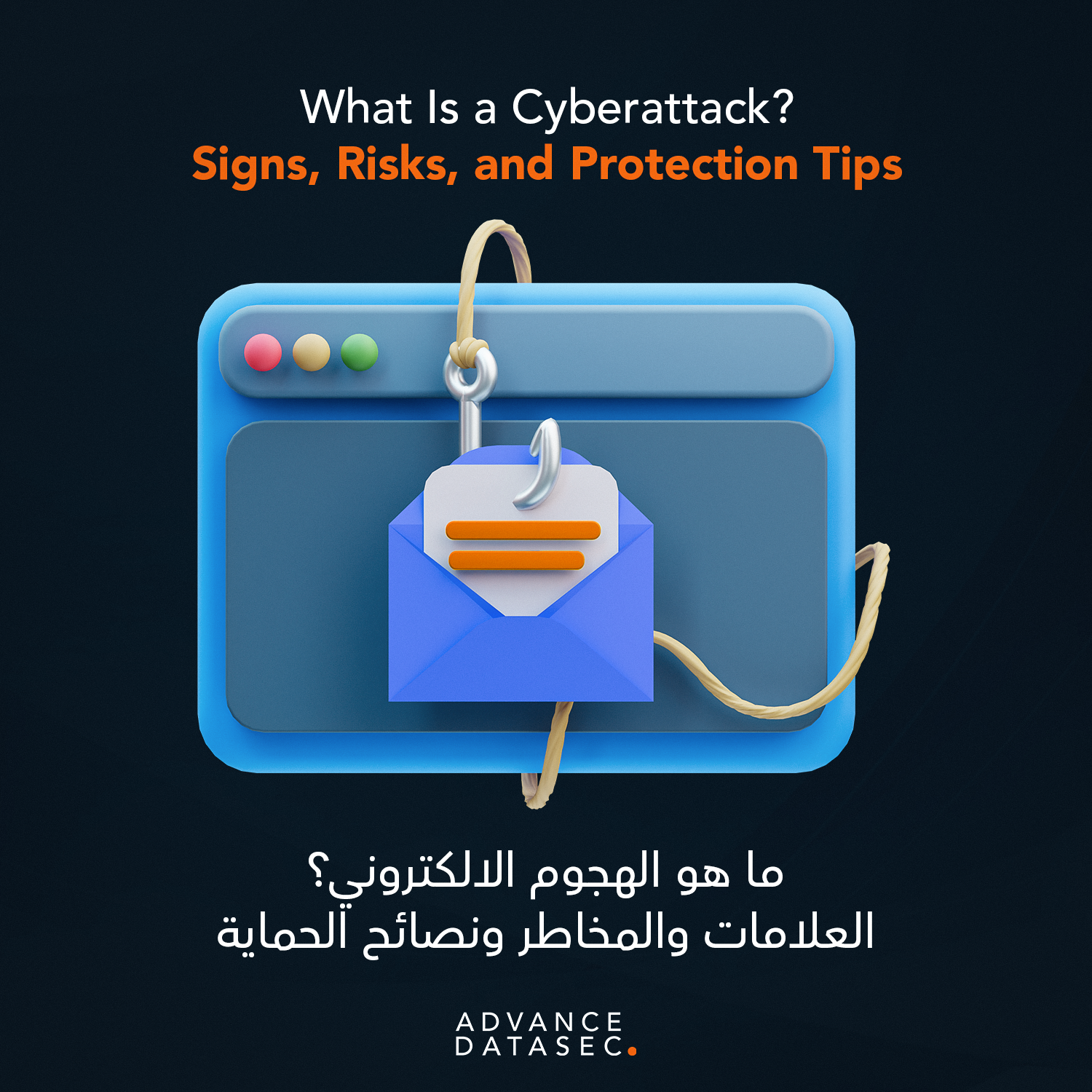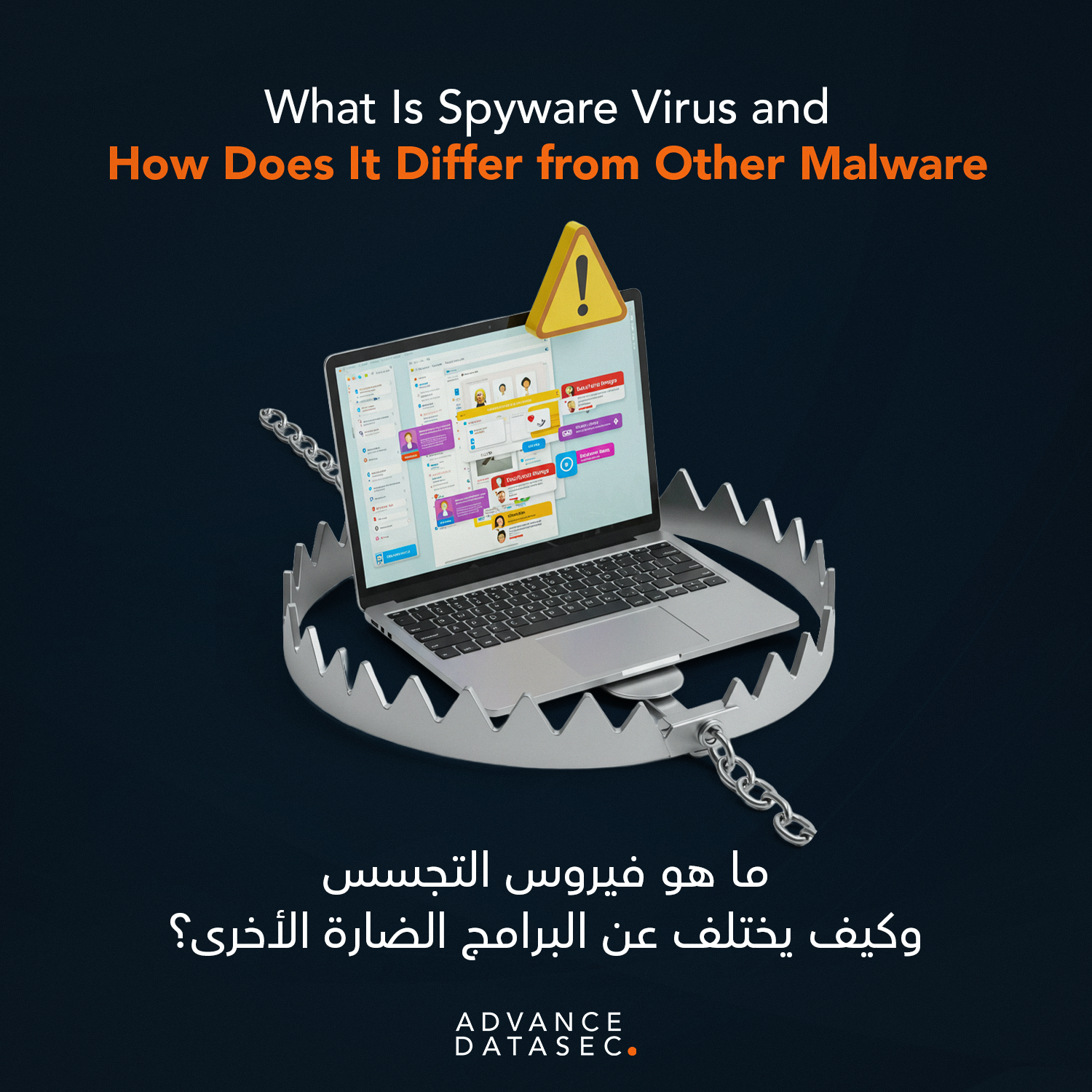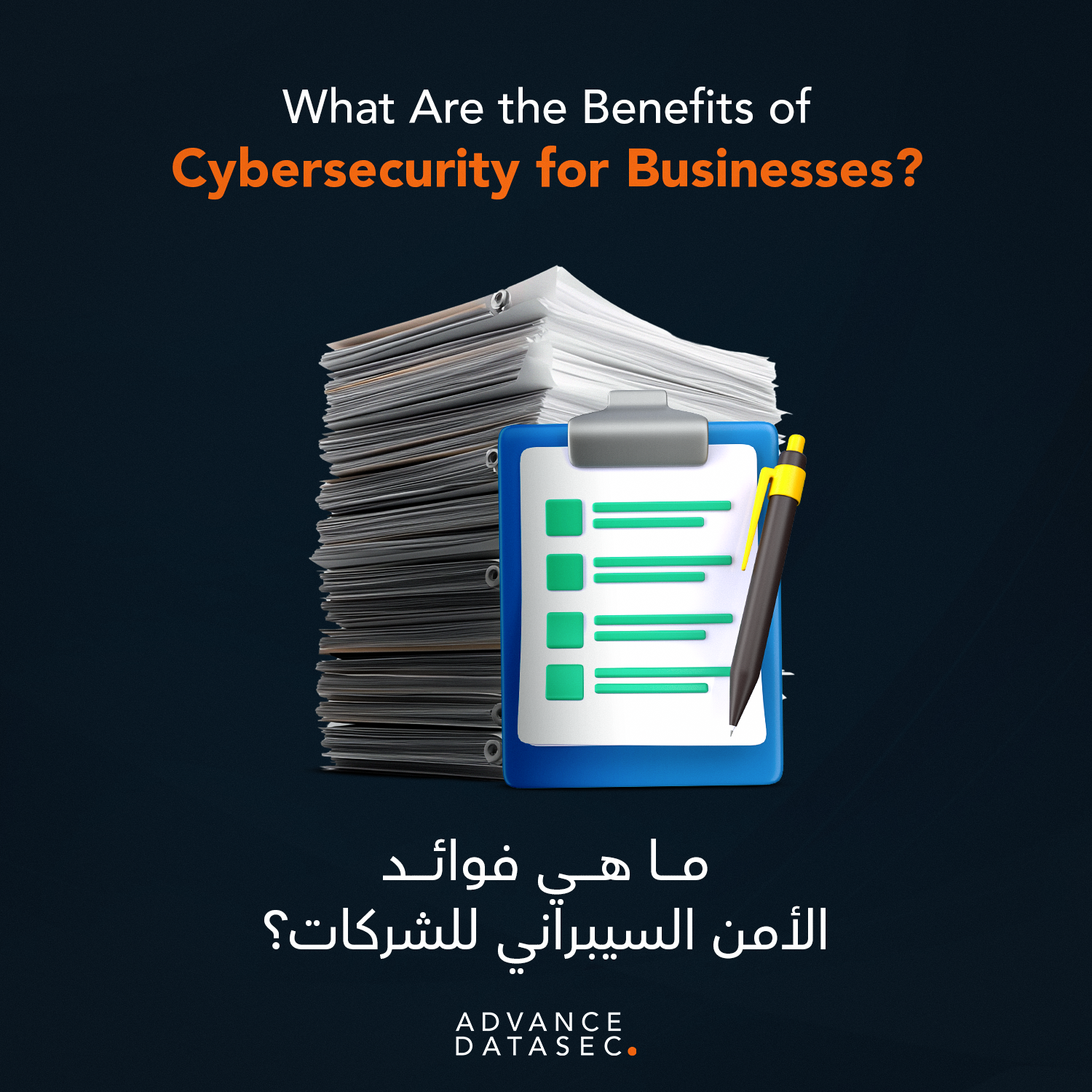In today’s interconnected digital world, the question, what is a cyberattack?, is more relevant than ever. A cyberattack is a malicious and deliberate attempt by an individual or organization to breach the information system of another individual or organization. These attacks are designed to cause damage, steal data, disrupt operations, or gain unauthorized access to a network. They can range from simple phishing scams to sophisticated, multi-stage assaults on critical infrastructure. Understanding the nature of these attacks is the first step toward building a resilient defense.
A cyberattack isn’t a singular event but a broad category of malicious activities that leverage technology to exploit vulnerabilities. The motives behind these attacks are varied, including financial gain, corporate espionage, political activism, or simply causing chaos. As businesses, governments, and individuals become more reliant on digital systems, the surface area for attack continues to expand, making it a constant threat that requires a proactive and well-informed approach.
Common Types of Cyberattacks
To truly grasp what is a cyberattack?, it’s helpful to know the different forms it can take. The landscape of cyber threats is vast and constantly evolving, but some common attack types include:
- Malware Attacks: Malware, a portmanteau for malicious software, is a blanket term for any software designed to cause damage. This includes viruses, worms, Trojans, and spyware. Malware can corrupt files, steal data, or even take control of a computer.
- Phishing: This is a social engineering attack where a cybercriminal impersonates a trustworthy entity to trick a victim into revealing sensitive information, such as passwords or credit card numbers. Phishing emails, text messages, or phone calls are the most common methods.
- Ransomware: A particularly devastating form of malware that encrypts a victim’s files or locks them out of their system. The attacker then demands a ransom payment in exchange for a decryption key.
- Denial-of-Service (DoS) and Distributed Denial-of-Service (DDoS) Attacks: These attacks overwhelm a server, service, or network with a flood of internet traffic, making it impossible for legitimate users to access it. A DDoS attack uses a network of compromised computers (a botnet) to launch the attack, making it harder to trace and stop.
- Man-in-the-Middle (MitM) Attacks: An attacker secretly intercepts and relays messages between two parties who believe they are communicating directly. The attacker can then eavesdrop on or alter the communication.
- SQL Injection Attacks: These attacks target databases. An attacker uses malicious SQL code to manipulate a database, allowing them to gain access to, steal, or delete data.
The Tell-Tale Signs of a Cyberattack
Early detection is crucial for minimizing the damage of an attack. Knowing the signs that something is wrong can be the difference between a minor incident and a catastrophic breach. So, beyond the theoretical what is a cyberattack?, what are the practical signs to watch for?
- Unusual Network Activity: Sudden spikes in network traffic, especially at odd hours, can be a sign of a DDoS attack or data exfiltration.
- System Slowdown: Your computer or network may become unusually slow as a result of malware consuming system resources.
- Unexpected Pop-ups and Advertisements: The sudden appearance of pop-up ads, especially on websites that are normally ad-free, can indicate an adware or spyware infection.
- Unusual Account Activity: This is a major red flag. If you see emails sent from your account that you didn’t write, or unauthorized transactions on your financial statements, it could be a sign of a compromised account.
- Locked Files or System: If you suddenly lose access to your files or your entire system, it’s a strong indicator of a ransomware attack.
- New, Unfamiliar Toolbars or Software: If new software or browser toolbars appear without your consent, it could be a sign of a malware infection.
The Risks and Consequences of a Cyberattack
The aftermath of a cyberattack can be far-reaching and incredibly costly. The risks extend beyond just financial loss, impacting an organization’s reputation and long-term viability. When considering the question of what is a cyberattack?, it’s vital to also understand its potential consequences.
- Financial Loss: This is the most direct consequence. It includes the cost of data theft, ransom payments, legal fees, regulatory fines (which can be millions of dollars), and the cost of repairing damaged systems and data.
- Reputational Damage: A data breach can severely damage a company’s reputation and erode customer trust. In an age where consumers prioritize data privacy, a security incident can lead to a significant loss of customers.
- Operational Disruption: An attack can bring business operations to a complete standstill, leading to lost productivity and revenue. For industries like healthcare or finance, a disruption can have life-threatening or catastrophic financial consequences.
- Intellectual Property Theft: Cyberattacks can be used for corporate espionage, where trade secrets, confidential business plans, and proprietary technology are stolen by competitors or state-sponsored actors.
- Legal and Regulatory Penalties: Governments and industry bodies worldwide have strict data protection regulations. Non-compliance after a breach can result in severe legal penalties and financial fines.
Essential Tips for Protection
Fortunately, there are many steps you can take to protect yourself and your organization from cyberattacks. A proactive approach is always better than a reactive one.
- Endpoint Security: Implement robust endpoint security solutions (EDR) to protect all devices on your network. These tools go beyond traditional antivirus, using behavioral analysis to detect and neutralize new and unknown threats.
- Employee Training: Your employees are often your first line of defense. Conduct regular cybersecurity awareness training to educate them on how to identify and avoid phishing emails, social engineering tactics, and other common threats.
- Strong Password Policies and MFA: Enforce a policy that requires strong, unique passwords for all accounts. Implement multi-factor authentication (MFA) to add an extra layer of security, making it much harder for an attacker to access an account even if they have the password.
- Regular Software Updates: Keep all your operating systems, applications, and security software up to date. Software patches often contain critical security fixes that address newly discovered vulnerabilities.
- Data Backups: Regularly back up all your critical data and store it securely, either offline or in a separate, secure location. In the event of a ransomware attack, you can restore your data from the backup without having to pay a ransom.
Conclusion: The Importance of a Proactive Stance
The answer to what is a cyberattack? is complex, but one thing is clear: it’s a dynamic threat that requires a strategic and proactive response. It’s no longer enough to wait for an attack to happen and then react. By understanding the signs, risks, and, most importantly, the methods of protection, you can build a strong defense that not only mitigates threats but also fosters trust and operational resilience. A comprehensive approach to cybersecurity is a foundational element of any modern business strategy.
Ready to Fortify Your Defenses?
Navigating the complexities of cybersecurity can be a daunting task. That’s why partnering with a proven expert is crucial. At Advance DataSec, we offer a full suite of services, from offensive and defensive security to consultation and training. Our specialists can help you assess your vulnerabilities, develop a tailored security framework, and implement the necessary policies and technologies to protect your business. Don’t wait for a breach to happen—take control of your cybersecurity and secure your digital future. Contact Advance DataSec today to learn more about how we can help you build a resilient and trustworthy organization.

For more articles:






